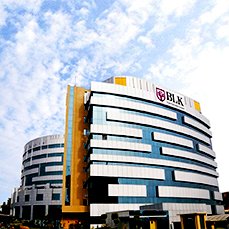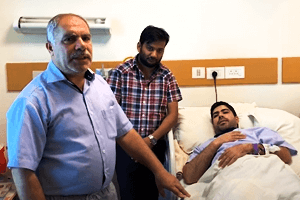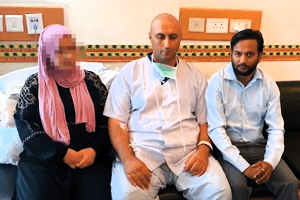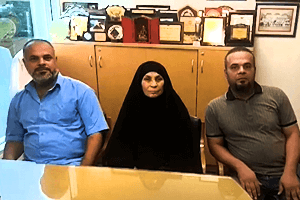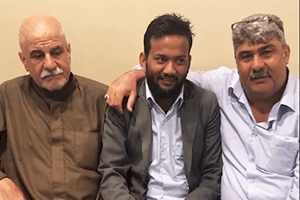Meningioma is a non-cancerous tumour of the membrane that covers the brain and the spinal cord. There is a 3-layer covering beneath the skull on the brain and spinal cord. When a tumour grows in these layers, it is called meningioma. The tumour is benign in most cases and shows signs and symptoms such as headaches, change in vision, dizziness, hearing loss, and seizures.
Specialists follow many approaches for the treatment of meningioma based on its size and location. A wait-and-watch approach is needed when the tumour is small in size and slow-growing. If the tumour is big and causing a lot of discomfort, then surgeries such as craniotomy or microsurgery are performed for removing the tumour and cancer cells. In case, some part of the cancer is left, the specialists have to give radiation therapy by either Stereotactic Radiosurgery (SRS) or Fractional Radiosurgery. They rarely use chemotherapy in a few cases.
The right specialists for treating meningioma is a neurologist, a head and neck surgeon, a neurosurgeon, a spine surgeon, and a radiation oncologist. A 10-year survival rate for meningioma remains around 60% which largely depends on the age of the patient and the nature of the cancer. In malignant cases, the survival rate dips to 50%.









